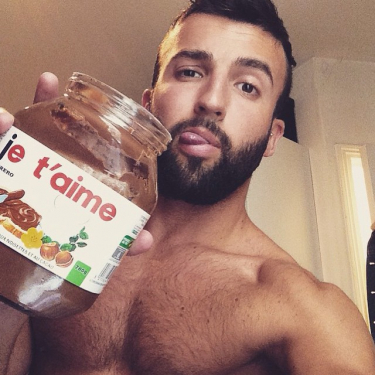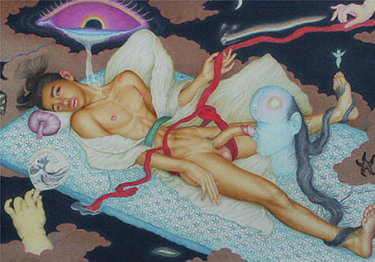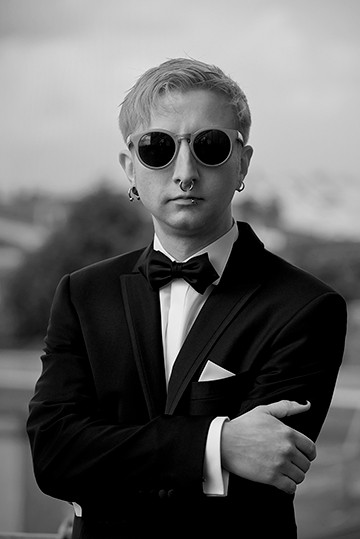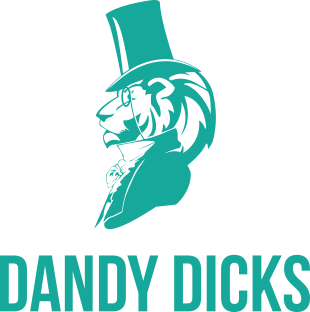May 20, 2016
Why Prince Is a Gay Icon Even if He Was a Homophobe


This year has turned out to be an unforgiving year. Just when we had begun to move past the shocking loss of David Bowie, death came for yet another one of the fabulous sex aliens left on Earth. In many ways, Prince’s unexpected death and the subsequent public mourning mirrored those of Bowie’s; both men sparked an outpouring of feelings from their fans inherently tied to their radical expressions of gender and sexuality. Prince in particular is remembered for being among the most transgressive cultural figures in regard to his presentation of sex, and he has been a gay icon ever since he first rose to prominence. The only problem? Prince did not want to be a gay icon.
In fact, there’s a lot of evidence that shows Prince wasn’t just opposed to being a point of reference within the gay community, but that he may also have been an outright homophobe. He made a very public conversion to Jehovah’s Witness in 2001, a decision that sparked an understandable amount of outcry. How, for instance, could the man who appeared in an ass-less yellow catsuit at the VMAs performing a song called “Gett Off” suddenly be traveling door-to-door to speak about the salvation of your soul?
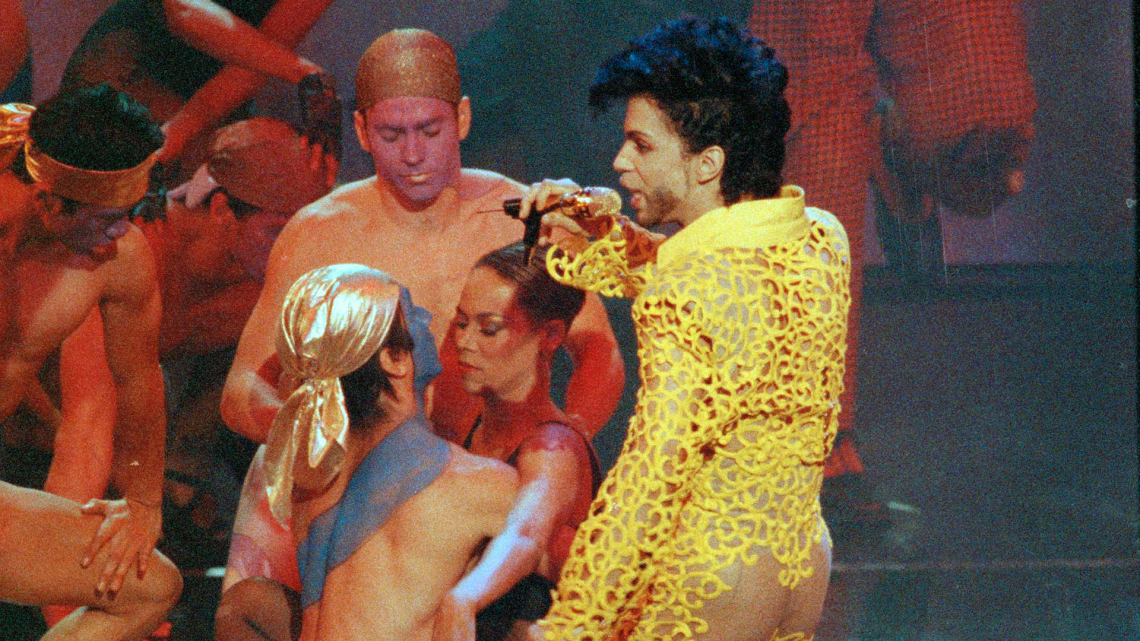
But things really heated up after a much-shared interview with The New Yorker in 2008. Aside from the knowledge that Prince was indeed quite devout with his newfound faith, it contained the following rather damning quote which would haunt him until his death:
“When asked about his perspective on social issues – gay marriage, abortion – Prince tapped his Bible and said, “God came to earth and saw people sticking it wherever and doing it with whatever, and he just cleared it all out. He was, like, ‘Enough.’”
He would later try to backpedal on the severity and context of this statement, but the damage was done. For his legions of queer and gay fans, this was an unspeakable betrayal. And herein lies the crux of Prince’s complex heritage with gay culture: he became undeniably against us, but he was so inherently trailblazing for gender expression at large.
Perhaps what made his conservative attitude in recent years so mystifying is that Prince was clear-cut about his sexually fluid ideas from the very outset. The album art for his third record, 1980’s Dirty Mind, featured him mostly nude wearing a black, satiny bikini bottom, eye makeup and thigh-high pumps. And all this in an era when those not conforming to gender expectations faced open barbarism in the streets, let alone any safety or equality before the law.
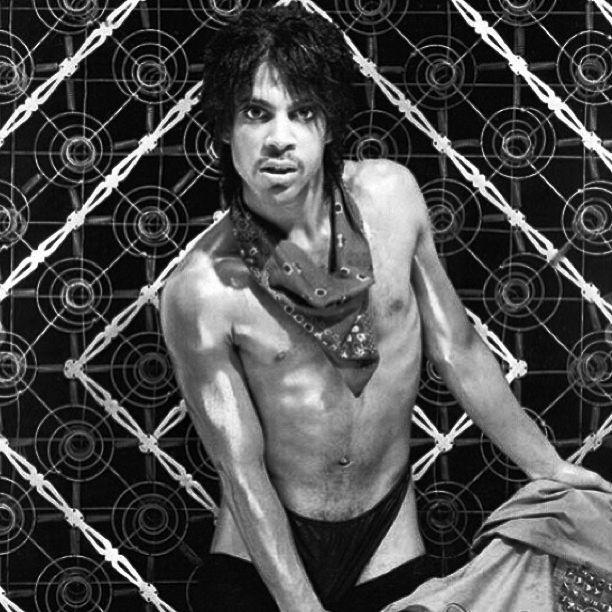
This ultra-androgyne aesthetic would evolve into the hyper-flamboyant looks that dominated the 1999 and Purple Rain era. What other mainstream rock star, in the history of American music, would perform for mostly straight, male audiences in a lavender feather boa, ruffled cravat and brocaded glitter jacket? If that weren’t aggressive enough, Prince’s insistence to sex you in any way he can, no matter who you were, only added to the often-baffled reception he received from mainstream America.
And should there have been any doubt as to the fluidity of his gender and sexual preferences, his lyrical content made this exploration bare. “I’m not a woman / I’m not a man / I am something that you’ll never understand” he sings on “I Would Die 4 U”. “If I Was Your Girlfriend” imagines himself donning the gender of his lover in order to fully understand the complexities of her mind. And in “When You Were Mine” lies what is perhaps his greatest outright admission of homosexual tendencies: “I never was the kind to make a fuss / When he was there sleeping in between the two of us.”
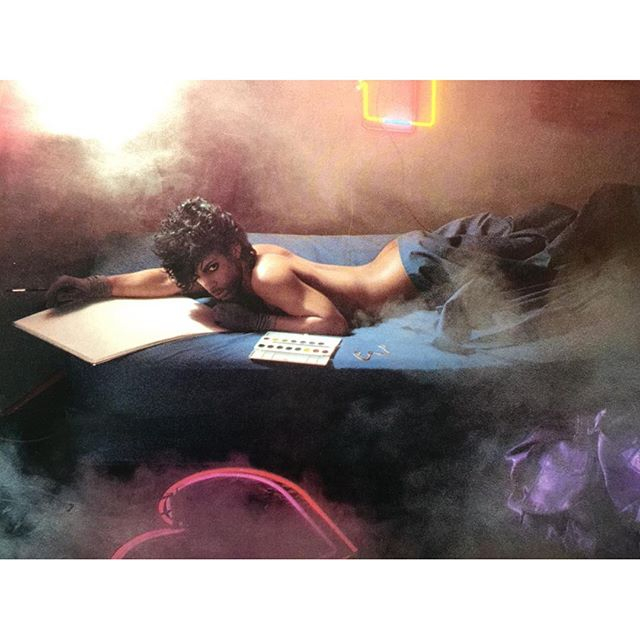
For generations of those questioning their own sexuality and gender, Prince was a purple-clad godsend. No artist in any medium burst forth with the sexual freedom that he seemed to effortlessly exude, let alone with the artistry and confidence to back it up. It seems second nature that his queer fans would be among his most loyal supporters, and that he would be enshrined among the upper echelons of gay icons of the 20th century.
Which is precisely why it remains such a source of shame that Prince would go on to disavow these legions of fans late in life, an attitude that only adds to his constant enigma. And in spite of his reluctance, or betrayal, to this same legion of fans, Prince is and forever will be a gay icon, whether he wanted to be or not.
Sources: newyorker.com, theconcourse.deadspin.com, soulhead.com, flavorwire.com
by Jake Indiana

